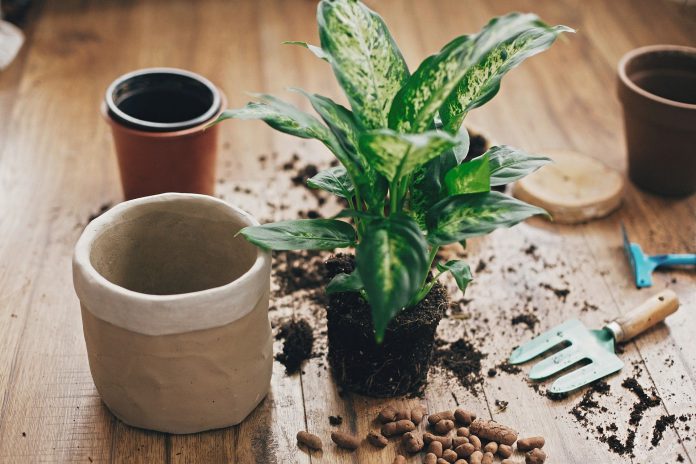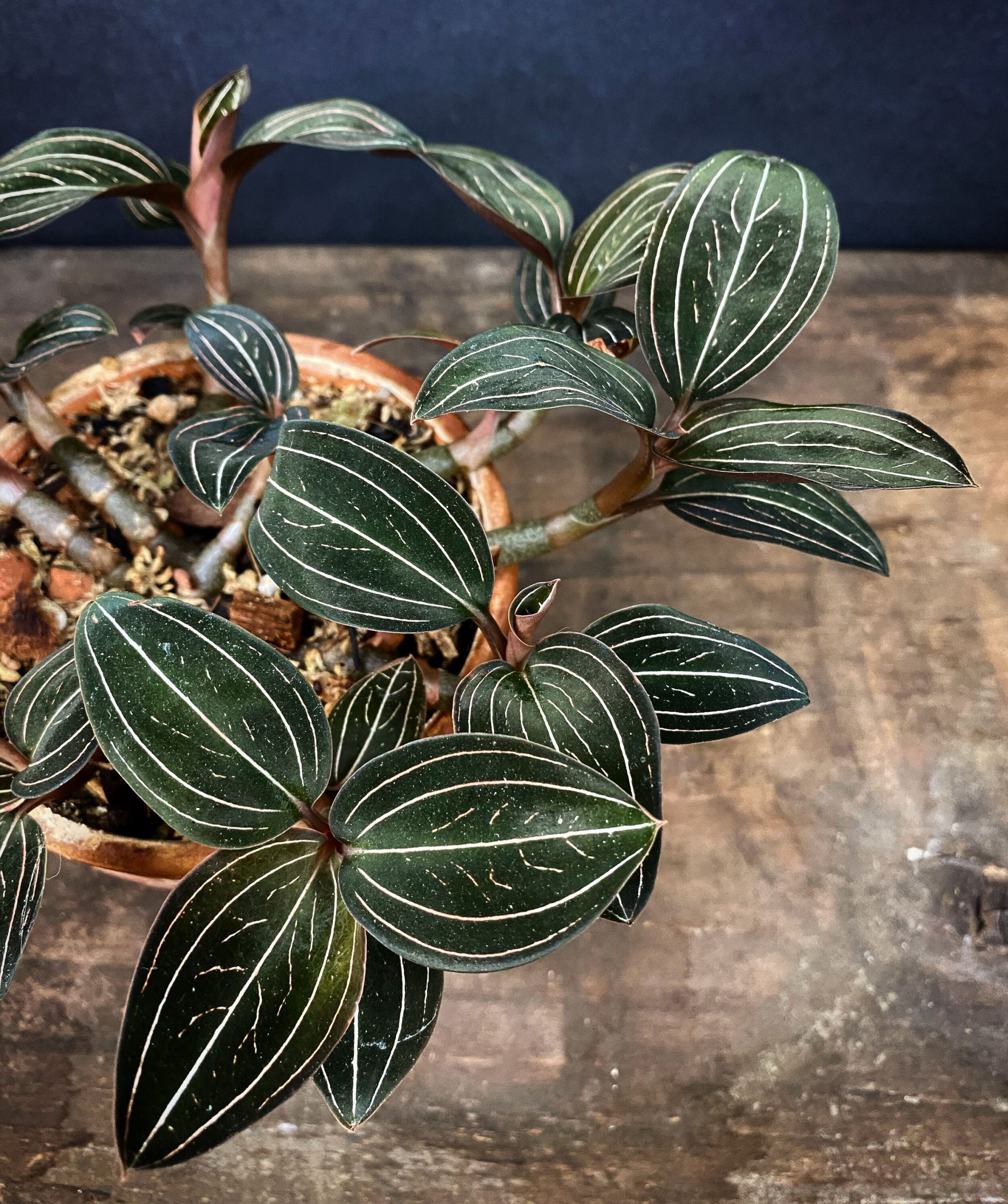Homesfornh.com – An ornamental plant grows every day. This process makes them bigger or even grew a new bud. It is usually has a pot to thrive your ornamental plant, especially for indoors, then you should change the pot. Repotting your ornamental plant is an essential solution for your grown plant. This activity tends to change its soil ingredient or change the medium to grow. Even though it seems like an easy thing to do, it has some benefits to share. For that, in this article, we will discuss Tips for Repotting Your Ornamental Plants. But before that let’s discuss the advantages of repotting your ornamental plant
- Let your plant grows well
- Make your plant looks neat
- Provides enough space to grow
- Gives new nutrients to the soil
- Renew the period of living plant in a pot
We know that this is not a new thing to learn in gardening. Changing the medium may affect your plants’ life. The best decision is repotting your ornamental plant if you see that your plant is not growing well or their growth is slower. Some tips for you may help you safely repotting your ornamental plant. Let’s discuss these various tips one by one.
Observe The Soil, Pot, and Plant
The first thing to do is an observation. You need to make sure that your plant needs repotting. Take a look at the soil, if you find it begins to solid, it means that your plant is starving. Your plant consumes the soil nutrient to grow and this condition shows that the soil starts to less its nutritions. It is simply because the roots spread out inside the pot to seek ‘food’.
Moreover, if you see the roots grow through the holes under the pot (drainage holes) it means your plants need larger space to grow. The root can push up your plant from its soil and it blocks the plant to grow. After observing your plant, you can decide to move it or change the soil with new nutrients. Don’t forget to prepare a new pot that has bigger diameters. The plastic pot is recommended because it keeps water inside the pot better than a pottery pot that will absorb water and left your plant’s roots to get less water.
Arrange The Ingredient of The Soil
The first tips for repotting your ornamental plant requires some things to prepare. One of them is preparing the new nutrients for your plant. It means that you will change the soil from its current pot. Make sure that you know your plant’s characteristics to grow. Many ingredients in the soil adjust only some kind of plants. It depends on your plant whether it lives in moist soil, composting soil, and dry soil. Therefore you can manage the soil to create the right medium to grow.
In arranging the ingredients for new soil, it is better to put a coffee filter for the bottom layer. Pour enough husk to cover the coffee filter. Add some pebbles to let water touch the husk, then put adequate soil to cover the husk to create good drainage and let the roots breathe well.
Use The Sharp Tools to Take Out Your Plant
A garden trowel is a basic tool to plant your ornamental plant. You can use this gardening tool also when repotting your ornamental plant. Garden trowel has a sharp edge that beneficial to take out your plant. It makes it easy to dig weeds, pour fertilizer, and mix all ingredients for healthy soil.
Another tool that helps you to move your plant is a gardening fork. This tool is essential to smoothen the soil. The loose soil helps the roots to seek minerals and nutrients to grow well. You can also use the hoe to smoothen the soil. Hoe is useful to dig the soil and get adequate minerals and oxygen for respiration.
Move Your Plant Gently
This is the main point of the tips for repotting your ornamental plant. Moving your plant out from the current pot with gardening tools. You need to move it gently because it may ruin the roots if you pull out the stem suddenly.
Dig the soil after smoothing the soil to make it easy when you pulling it out. Hold the stem, then turn around the pot to pull out the plant. After the plant is pulling out, then look at the roots. If the roots are threadlike and bound around the pot, then you can prune some roots by using a sharp tool such as a pruning shear. Pruning the root is essential to cut the dry roots which prevent your plant to grow well. Don’t forget to loosen the soil if the recent pot has poor soil.
Cover It with The New Soil
After you loosen the roots from the current soil, you can put it in a new pot. The fresh layer will adjust your plant life to thrive well. The transitional process from the recent pot to a new pot needs some days to let your ornamental plant adapts to new soil. By covering it with potting mix nutrients give a new shot for them to survive as an indoor ornamental plant.
The benefit of new soil is providing a nutrient boost that prevents pests, diseases, and mold to infect your plant. The poor soil may lead to further damage then you should cover the old soil with enough nutrients in potting mix. The upper soil on the new pot requires an annual treatment, it needs to replace 2 to 3 inches of soil.
Give Some Water Drops
This is the last step for you to do. After you cover all sides around your ornamental plant, you can give water drops. The new soil needs adequate water to keep the soil moisture. You can use a watering can that has little holes for the best watering drops.
There are many types of watering you can buy. Even though this tool is not an important tool but it helps you to manage the water drops and lessens the water tension when pouring water on the plant.
That is our discussion about Tips for Repotting Your Ornamental Plants: Make Them Grow Well. Growing an ornamental plant indoors needs special treatment. It needs more attention from you because growing indoors is not their original habitat. Creating an outdoor atmosphere influences your ornamental plant to grow well.
Besides, the condition of the soil is beneficial in the growing process. Sometimes, your plant grows faster than it should. Repotting your plant becomes an emergency step to do. It is not all about moving your plant from the old pot to the new one, but it also provides new soil by giving enough nutrients in potting mix. We hope that what we have discussed above is beneficial for you when your plant needs repotting. Happy Gardening!
















